[Data and code to produce plot at the end of the post]
Using ggplot, I plotted a bargraph with error bars, bars are grouped by two factors (one on X axis, one with fill). I would like to increase the green distance between the groups on the xaxis to make the plot easier to read:

The closest thing to a solution on stackoverflow I found here (where someone asked my question in an unanswered comment), here, here, but I didn't manage to apply these without massing up the error bars. Can someone point me to the right parameter to tweak?
Data:
structure(list(Condition = c("Difficult", "Easy", "Difficult",
"Easy", "Difficult", "Easy", "Difficult", "Easy", "Easy", "Difficult",
"Easy", "Difficult"), Measure = c("Competence", "Competence",
"Value", "Value", "Interest", "Interest", "JOL", "JOL", "Difficulty",
"Difficulty", "Effort", "Effort"), mean = c(5.5, 4.72, 4.04,
5.39, 3.51, 3.77, 4.34, 4.61, 3.51, 1.51, 3.44, 1.73), sd = c(1.26,
1.62, 1.94, 1.34, 1.46, 1.46, 1.73, 1.68, 1.5, 0.86, 1.53, 1.1
), se = c(0.14, 0.18, 0.22, 0.15, 0.16, 0.16, 0.19, 0.19, 0.17,
0.1, 0.17, 0.12), s.size = c(80, 80, 80, 80, 80, 80, 80, 80,
80, 80, 80, 80)), .Names = c("Condition", "Measure", "mean",
"sd", "se", "s.size"), row.names = c(NA, -12L), class = "data.frame")
which is:
Condition Measure mean sd se s.size
1 Difficult Competence 5.50 1.26 0.14 80
2 Easy Competence 4.72 1.62 0.18 80
3 Difficult Value 4.04 1.94 0.22 80
4 Easy Value 5.39 1.34 0.15 80
5 Difficult Interest 3.51 1.46 0.16 80
6 Easy Interest 3.77 1.46 0.16 80
7 Difficult JOL 4.34 1.73 0.19 80
8 Easy JOL 4.61 1.68 0.19 80
9 Easy Difficulty 3.51 1.50 0.17 80
10 Difficult Difficulty 1.51 0.86 0.10 80
11 Easy Effort 3.44 1.53 0.17 80
12 Difficult Effort 1.73 1.10 0.12 80
Code that I used to make the plot (excuse the comments, I'm learning how to use ggplot and find it helpful to take notes)
library(ggplot2)
ggplot(DF, aes(x=Measure, y=mean,fill=Condition)) +
geom_bar(stat="identity",
colour="black", # Black outline for all
position=position_dodge())+# Put bars side-by-side instead of stacked
geom_errorbar(aes(ymin=mean-se, ymax=mean+se),
position=position_dodge(.9),
width=.25)+
#order the groups on the xaxis
scale_x_discrete(limits = c("Interest", "Value","Effort","Difficulty","Competence","JOL"))+
coord_cartesian(ylim=c(0,7)) +
#change color of bars
scale_fill_manual(values=c("#ffcc00ff","#ffffff"), name = "Condition") +
#change ticks on yaxis
scale_y_continuous(breaks=seq(0,7,by =1)) +
geom_hline(yintercept=0) +
geom_vline(xintercept=0)+
theme_bw()+
labs(x="", y = "Rating (0-7)")+
theme(axis.line.y = element_line(color="black"),
axis.title.y = element_text(margin = margin(r=8)),
axis.title.x = element_text(margin = margin(r=25)),
panel.background = element_rect(fill = NA),
panel.grid.major = element_blank(),
panel.border = element_blank())

